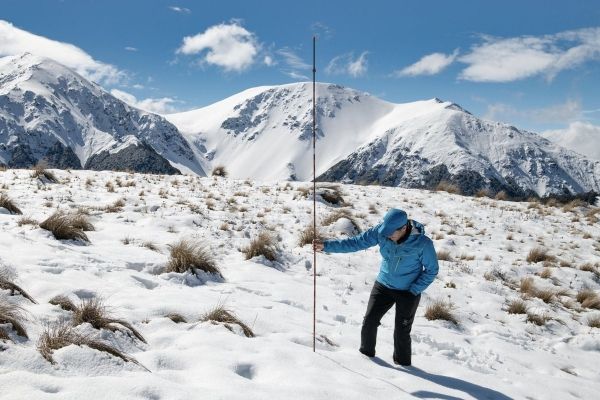Data gathered by backcountry skiers, avalanche forecasters and other snow recreationists and professionals has the potential to greatly improve snowpack modeling, research by the Oregon State University College of Engineering indicates.
Findings, published in the journal Hydrology and Earth System Sciences, stem from a NASA-funded project known as Community Snow Observations, or CSO, part of NASA’s Citizen Science for Earth Systems program.
The paper is the first documentation of CSO’s power to make snowpack modeling better through “organic, opportunistic” data – a notable outcome, said researcher David Hill.
“We have shown citizen scientist contributions are very valuable and that we can do great things in the absence of observational network infrastructure,” said Hill, professor of civil engineering at OSU. “In this study, we used a new data set collected by CSO participants in coastal Alaska to improve snow depth and snow-water equivalent outputs from a snow process model.”
In western North America, snow’s role in ecosystem function and water resource management is critical, the scientists say, and around the world more than a billion people live in watersheds where snow is a major component of the hydrologic system.
Read more at: Oregon State University
Snowpack research (Photo Credit: Kendra Sharp)


